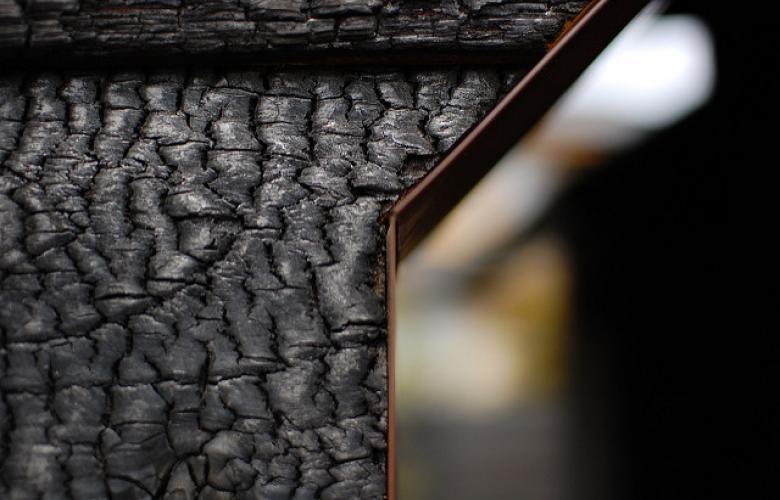Everyday, homes across Japan are torn down and rebuilt as usual with little regard for the effect on the environment — and for all the waste produced and energy consumed in the process. There are some, however, with greener futures in mind. Although sustainability is a growing trend in Japan, it is nowhere near mainstream; thus, if you're planning on building an environmentally friendly home, you might have to think outside the box, as your run-of-the-mill builders won't.
And while the term sustainable housing often conjures images of complex energy management systems and solar panels, there are plenty of sustainable techniques that date back to the origins of Japanese home building too. From traditional crafts to the recycling of household items, creating a sustainable building in Japan can benefit from looking back into the past, as well as to the future.
Tatami insulation
A staple of Japanese housing interiors, tatami mat flooring is used for sleeping on, to measure room size and to give off that unique grassy smell that pervades traditional Japanese housing. Made with a straw or polystyrene core and soft rush finish, they are durable — often lasting between 15-20 years if they are cared for appropriately (although covers may need changing). When replacing tatami, homeowners can either pay around JPY 1,000 per mat for removal, or find alternative uses for them, like mulch in gardening.
For builders though, tatami is the ideal infill insulator. Made to hold heat and in thin boards, they provide an easy form of insulation for walls and roofs — and save the environment from mountains of abandoned polystyrene. Either used to cover walls or cut up to form layered bricks for heavy insulation purposes such as in Northern Japan, the tatami is versatile and easy to modify as well as being sturdy enough to withstand nailing and plastering over.
Yakisugi
Yakisugi literally translates to "burnt cypress" and is the centuries-old technique of charring the surface of indigenous Japanese cedar. The process improves the durability by making it both fire and insect resistant as well as providing a traditional appearance. These qualities were discovered in an effort to find a replacement for much sought-after driftwood, which had high durability and a pleasing finish, but soon became scarce.
Originally popular in the 18th century, yakisugi fell out of favour with the introduction of concrete and plastic, but began to regain popularity in the 2000s as sustainability did. The practice has caught on abroad with western red and southern cypress being great alternatives to the original Japanese cypress.
Rather than using chemical treatments or petroleum-based lacquers to make wood fire resistant, the use of charring changes the cellular structure of the wood by burning off the top layer of cellulose. This creates a layer of blackened lignin, which acts as an insulator and requires much higher temperatures to ignite it.This also means it is less appealing to insects like termites and creates a bug-resistant layer (but not bug-proof) for your building.
Read more about Tokyo architecture and the 9 best buildings in the city
Shikkui lime plastering
Shikkui lime plaster has a history dating back over a thousand years in Japan and uses only natural ingredients. That means its impact is far lower than artificial plasters. Originally introduced from Korea as a surface for traditional paintings, it was developed to be used on buildings and castles to provide a smooth and uninterrupted finish.
To increase workability and delay hardening by increasing moisture retention, seaweed glue was added to allow for huge surfaces to be covered without joints forming. When dried through exposure to the carbon dioxide in the air, the hydrated lime returns to limestone and a weather-resistant surface is produced. This can last for up to 20 years and requires only three ingredients: hemp, seaweed glue and hydrated lime — therefore at the end of its lifecycle, it returns entirely to nature.
Tsugite
Often seen in shrines and temples, the art of tsugite (a wood joinery technique) has long been admired as a skill of beauty, but it also has sustainability benefits too. By using puzzle-like interlocking wooden joints, timber can be joined without nails, glue, metal braces or fasteners – which means that when it is demolished, everything is degradable.
The technique requires careful crafting and has been developed over centuries in a country that has remained reliant on wood for the majority of its architecture. However, due to strict earthquake building regulations, this traditional technique is difficult to use in housing as it is found to be much more stable in larger structures due to the importance of weight and pressure. New strategies are being developed however, such as the use of wooden wedges which significantly improve the strength of the walls (a key rating in the seismic safety assessments). As wooden houses can last up to 50 years and replacement timber can be grown over that time period, the material and technique promote an ecologically responsible design perfect for sustainable building.
By Lily Crossley-Baxter
Similar to this:
Muji releases new tiny home design
6 elements of Japanese traditional architecture
Before you build: Groundbreaking ceremonies in Japan





